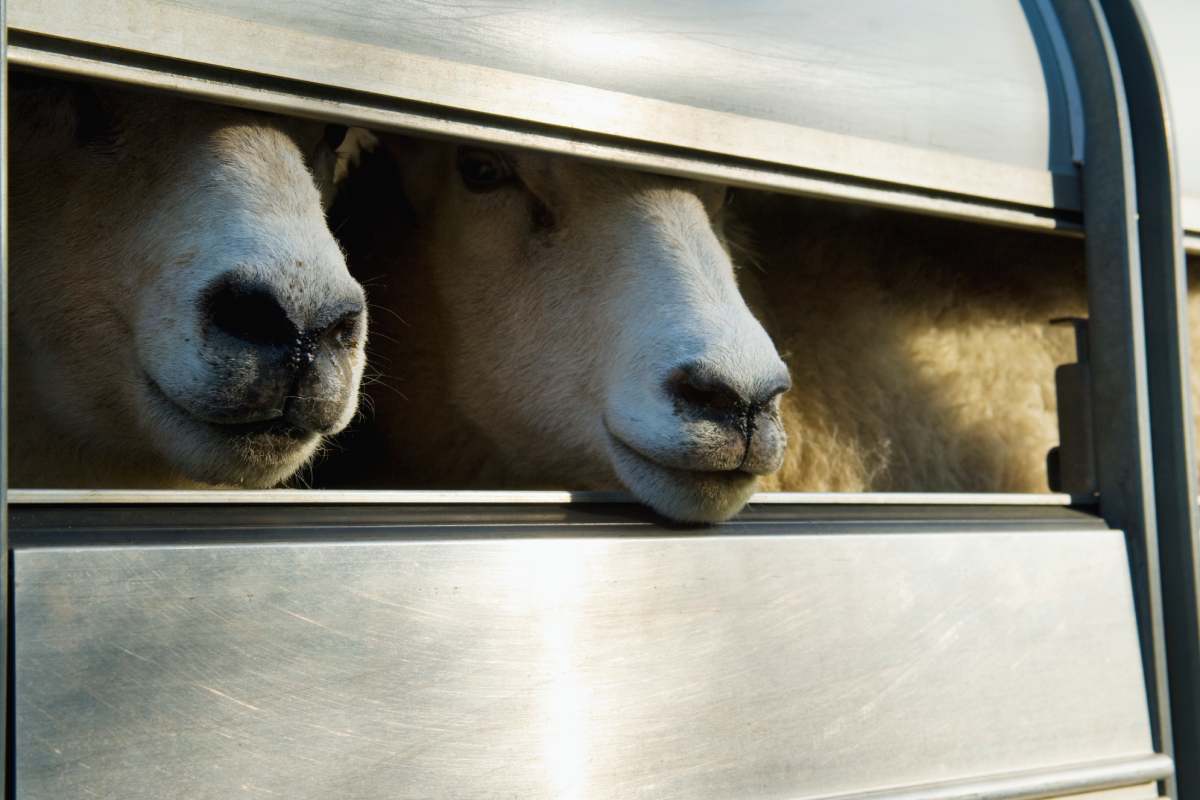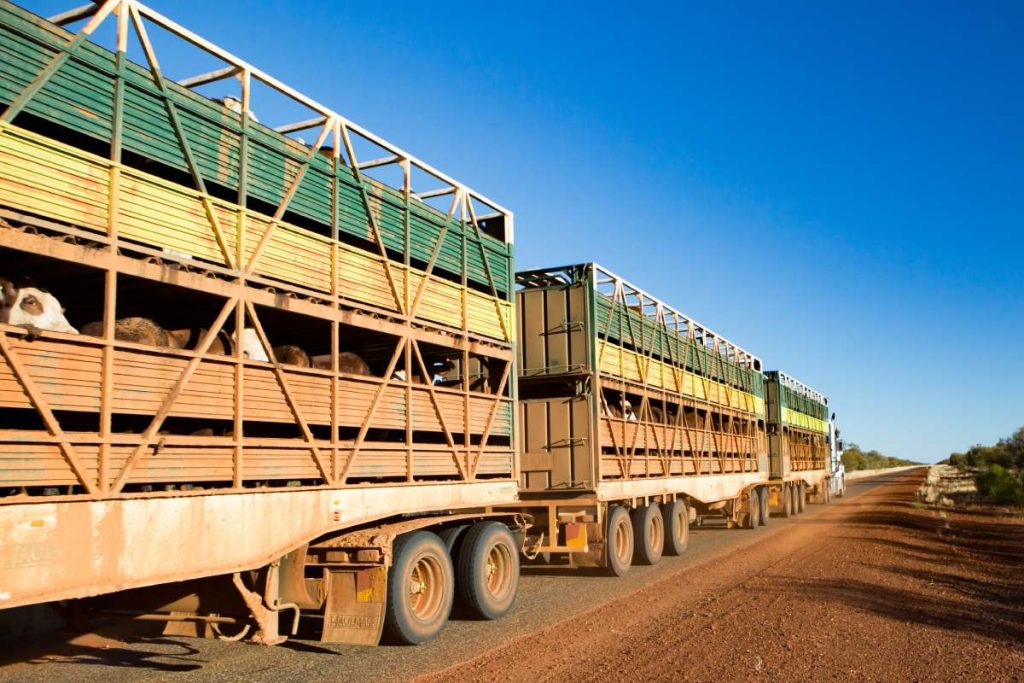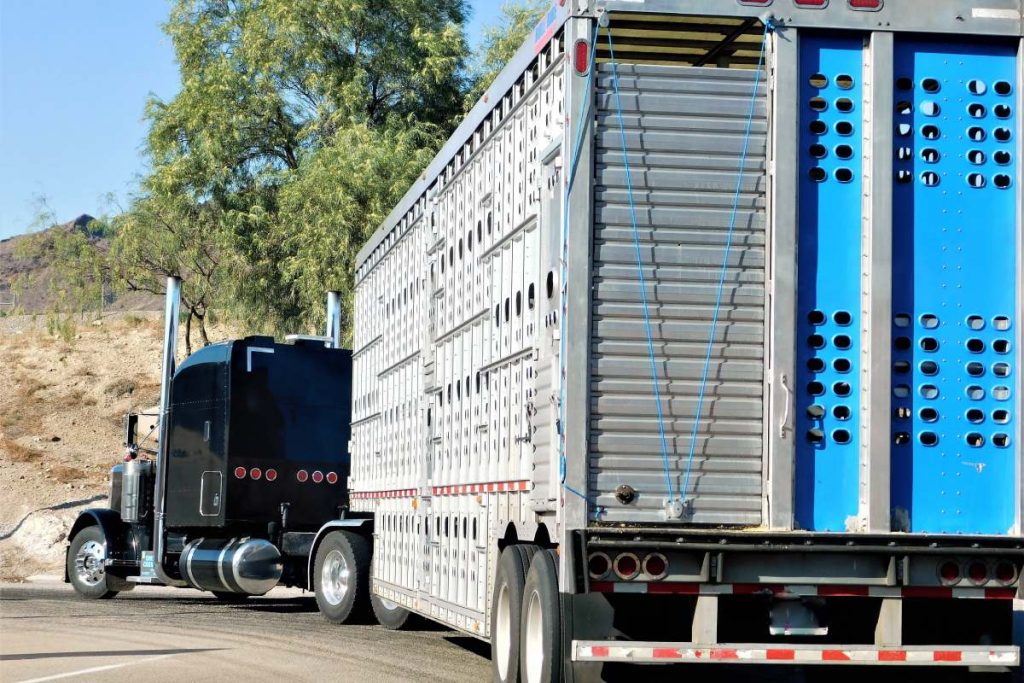What is the Best Way to Transport Livestock and Cattle? Transport Regulation in Australia?
Blog, Business Aug 02, 2024

Transporting livestock is a critical aspect of agricultural operations, playing a key role in the supply chain from farm to market. However, ensuring the welfare and safety of animals during transit is paramount.
In Australia, stringent regulations and guidelines are in place to protect livestock and ensure they arrive at their destination in good health.
This article provides an overview of the essential rules and best practices for transporting cattle and other livestock, including compliance with legal requirements, vehicle standards, journey management, and post-transport care. Understanding and following these guidelines is crucial for anyone involved in the transport of livestock.
What is the Best Way to Ship Livestock?
Shipping livestock requires careful planning to ensure the animals’ safety and well-being. Here’s a straightforward guide to help you understand the best practices for transporting livestock:
1. Know the Regulations
No matter what you’re shipping, either olive oil or livestock, you need to check local and international regulations. Different regions have specific rules about transporting animals, including health certificates, vaccinations, and quarantine requirements. Ensure you’re compliant with these rules to avoid legal issues and ensure the animals’ safety.
2. Choose the Right Vehicle
Selecting the appropriate vehicle is crucial for a successful livestock shipment. Here are some key points:
- Ventilation: Livestock need good airflow to avoid overheating and stress. Make sure the vehicle is well-ventilated.
- Space: Provide enough space for the animals to stand and lie down comfortably. Overcrowding can lead to injuries and stress.
- Safety: Ensure the vehicle is secure and comfortable, with no sharp edges or hazards that could harm the animals.
3. Prepare the Animals
Before the journey, get the animals ready:
- Health Check: Have a veterinarian examine the animals to ensure they’re healthy and fit for travel. Obtain any necessary health certificates.
- Acclimatization: Allow the animals to get used to the transport environment if possible. This helps reduce stress during the journey.
4. Plan the Journey
A well-planned journey is essential for the animals’ welfare:
- Duration: Minimize travel time to reduce stress. If the journey is long, plan for rest stops and check on the animals regularly.
- Climate Control: Maintain appropriate temperature and humidity levels inside the vehicle. Extreme temperatures can be harmful to livestock.
- Food and Water: Ensure the animals have access to food and water, especially for longer journeys. Provide suitable containers and check them frequently.
5. Loading and Unloading
Handle loading and unloading with care:
- Calm Environment: Keep the process calm and orderly to reduce stress for the animals. Avoid loud noises and sudden movements.
- Professional Assistance: If possible, use experienced handlers who know how to manage livestock during loading and unloading.
6. Monitoring and Care
During the journey, keep a close eye on the animals:
- Check Regularly: Monitor the animals for signs of distress or health issues. Address any problems immediately.
- Emergency Plan: Have a plan in place for emergencies, such as a vehicle breakdown or health issue. This should include contact information for a veterinarian.
7. Post-Transport Care
After the journey, provide appropriate care:
- Settling In: Allow the animals to settle into their new environment gradually. Provide them with food, water, and shelter.
- Health Check: Have a veterinarian check the animals again after arrival to ensure they are in good health.

What is the Best Way to Transport Cattle?
Transporting cattle requires attention to their safety, comfort, and health. Here’s a clear guide on the best practices for transporting cattle:
1. Understand Regulations
Before transporting cattle, familiarize yourself with local, national, and international regulations. This includes:
- Health Certificates: Obtain required health certifications from a veterinarian.
- Vaccinations: Ensure cattle are up-to-date with vaccinations as per regulations.
- Quarantine: Adhere to any quarantine rules if applicable.
2. Choose the Right Transport Vehicle
The vehicle you use is critical for the cattle’s comfort and safety:
- Size and Space: Use a vehicle that provides enough space for the cattle to stand and lie down comfortably. Overcrowding can lead to stress and injuries.
- Ventilation: Ensure the vehicle has adequate ventilation to prevent overheating and ensure fresh air circulation.
- Flooring: The floor should be non-slip and easy to clean. This helps prevent accidents and injuries.
3. Prepare the Cattle
Proper preparation helps reduce stress and ensures a smoother transport:
- Health Check: Have a veterinarian examine the cattle before transport to confirm they are fit for travel.
- Acclimatization: If possible, allow cattle to get used to the transport environment to minimize stress.
4. Plan the Journey
A well-planned journey is essential for the cattle’s well-being:
- Travel Time: Minimize travel time to reduce stress. Plan the route to avoid long delays.
- Climate Control: Maintain a comfortable temperature and humidity inside the vehicle.
- Food and Water: Provide access to food and water during long journeys. Use containers that are easy to refill and clean.
5. Loading and Unloading
Handling cattle carefully during loading and unloading is important:
- Calm Environment: Keep the process calm and organized. Avoid loud noises and sudden movements that might startle the cattle.
- Experienced Handlers: Use experienced personnel to handle the cattle during loading and unloading to prevent injuries.
6. Monitor During Transport
Regular monitoring ensures the cattle remain healthy and comfortable:
- Frequent Checks: Regularly check the cattle for signs of stress or health issues.
- Emergency Plan: Have a plan for emergencies, such as vehicle breakdowns or health issues, including access to veterinary care.
7. Post-Transport Care
After arriving at the destination, provide proper care for the cattle:
- Settling In: Allow the cattle to settle into their new environment gradually. Provide adequate food, water, and shelter.
- Health Check: Have a veterinarian assess the cattle to ensure they are in good health after transport.

What Are the Rules For Transporting Livestock in Australia?
In Australia, transporting livestock is governed by strict regulations to ensure animal welfare and safety. Here’s an overview of the key rules and requirements for transporting livestock in Australia:
1. Regulatory Framework
- Australian Animal Welfare Standards and Guidelines: The primary set of rules is the Australian Animal Welfare Standards for the transportation of livestock. These standards outline the minimum welfare requirements for animals during transport.
- State and Territory Legislation: Different states and territories may have additional regulations. It’s important to check local legislation for specific requirements.
2. Health and Welfare Requirements
- Health Certification: Obtain a health certificate from a registered veterinarian confirming the livestock is fit for travel.
- Vaccinations and Treatments: Ensure livestock are up-to-date with vaccinations and treatments as required by regulations.
- Pre-Transport Inspection: Livestock must be inspected before transport to confirm they are in good health and fit to travel.
3. Transport Vehicle Standards
- Vehicle Design: The vehicle used for transporting livestock must meet specific design requirements, including appropriate ventilation, flooring, and space to ensure animal comfort and safety.
- Ventilation: Vehicles must have adequate ventilation to prevent overheating and ensure fresh air circulation.
- Flooring: The floor must be non-slip and designed to reduce the risk of injury.
4. Loading and Unloading
- Loading and Unloading Procedures: These must be carried out with care to minimize stress and injury. Facilities should be designed to facilitate safe and efficient loading and unloading.
- Handling: Handlers should be experienced and use techniques that minimize stress and prevent injuries to the livestock.
5. Journey Management
- Travel Time: Minimize travel time and plan routes to avoid unnecessary delays. Long journeys should include rest breaks for the livestock.
- Climate Control: Maintain appropriate temperature and humidity levels inside the transport vehicle. The vehicle must be equipped to manage extremes in weather conditions.
6. Emergency Procedures
- Emergency Plan: Have a plan in place for emergencies such as vehicle breakdowns or health issues. This includes having access to veterinary services if needed.
- First Aid: Basic first aid supplies should be available to address any immediate health issues that may arise during transport.
7. Documentation
- Transport Documentation: Keep all necessary documentation, including health certificates, transport permits, and any other required paperwork, readily accessible during the journey.
- Record Keeping: Maintain records of transport activities, including times, dates, and any incidents or issues that occur during transport.
8. Post-Transport Care
- Inspection Upon Arrival: Upon arrival, the livestock should be inspected to ensure they are in good condition. Any signs of distress or health issues should be addressed immediately.
- Settling In: Provide adequate food, water, and shelter to help the livestock adjust to their new environment.
Conclusion
When it comes to transporting livestock, it’s not just about following the rules – it’s about taking care of the animals. By sticking to Australia’s guidelines, making sure the vehicles are ready, handling the animals with care, and managing the journey well, we can make sure they travel safely and humanely. It’s all about getting the right health certifications, meeting vehicle standards, being prepared for emergencies, and giving the animals post-transport care to keep them healthy.
If you’re looking for an easy way to handle livestock transportation, think about giving Fillme a try. They’re professionals and can make sure everything goes smoothly and stress-free for both you and your animals.